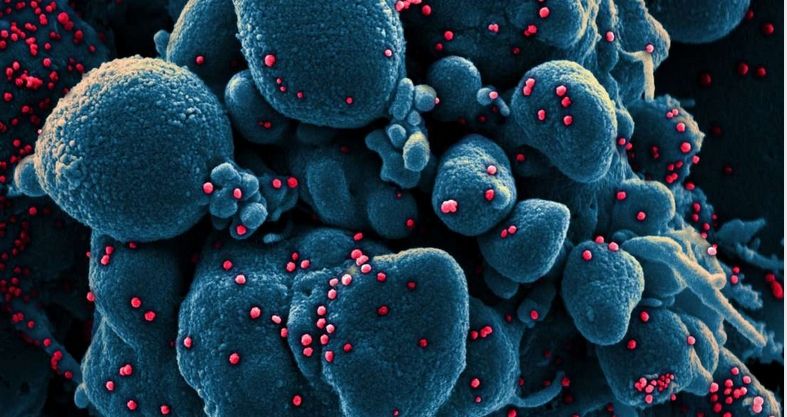Coronavirus disease 2019 (COVID-19) has been around since the end of 2019. The COVID-19 pandemic is a global issue and it has affected more than 200 countries around the world. Increasing number of COVID-19 cases has been reported. The disease can infect anyone regardless of age. Confirmed COVID-19 cases have risen unexpectedly and there have been several waves of increasing new cases. Intervention efforts continue to be made to break the chain of spread. The World Health Organization (WHO) has recommended that state authorities continue to carry out and increase 3T (Testing, Tracing and Treatment) efforts.
Furthermore, the world community can contribute actively to prevent the spread by wearing masks, keeping distance and washing hands (3M) properly and with discipline. The article with public health perspective of COVID-19 pandemic: The characteristics of the host and prevention of COVID-19 in the community is expected to provide an overview of characteristics of the global COVID-19 infection and its prevention strategies. This response from a public health perspective is important to prevent the spread of the COVID-19 pandemic, especially through active community participation.
This study provides information to the public that the characteristics of COVID-19 are not only affected by the virus itself, but also depend on the characteristics of the host or infected humans, such as age, sex, and health status. These host characteristics affect the level of disease and symptoms experienced by someone exposed to COVID-19, and the mortality rate. This COVID-19 infection can cause death, especially in vulnerable groups, the elderly and people with comorbidities such as hypertension, heart disease, diabetes, asthma and other diseases.
In the article, it is explained that there are several public health interventions used to combat COVID-19, maintaining safe distance and avoiding crowds, limiting community mobilization or movement, self-quarantine, and regional quarantine or lockdown; good personal hygiene and environmental sanitation, such as washing hands, covering mouth and nose when coughing or sneezing and spraying disinfectants into the surrounding environment; improving immunity by consuming nutritious foods, resting well and taking supplements or vitamins; implementing case detection, tracing and mass testing; and developing vaccine. An understanding on the characteristics of COVID-19 and the right prevention strategies can reduce the fast and extensive spread of COVID-19.
Author: Laura Navika Yamani, S.Si., M.Si., Ph.D
Link jurnal terkait tulisan di atas: https://www.spandidos-publications.com/10.3892/wasj.2020.62?text=fulltext





